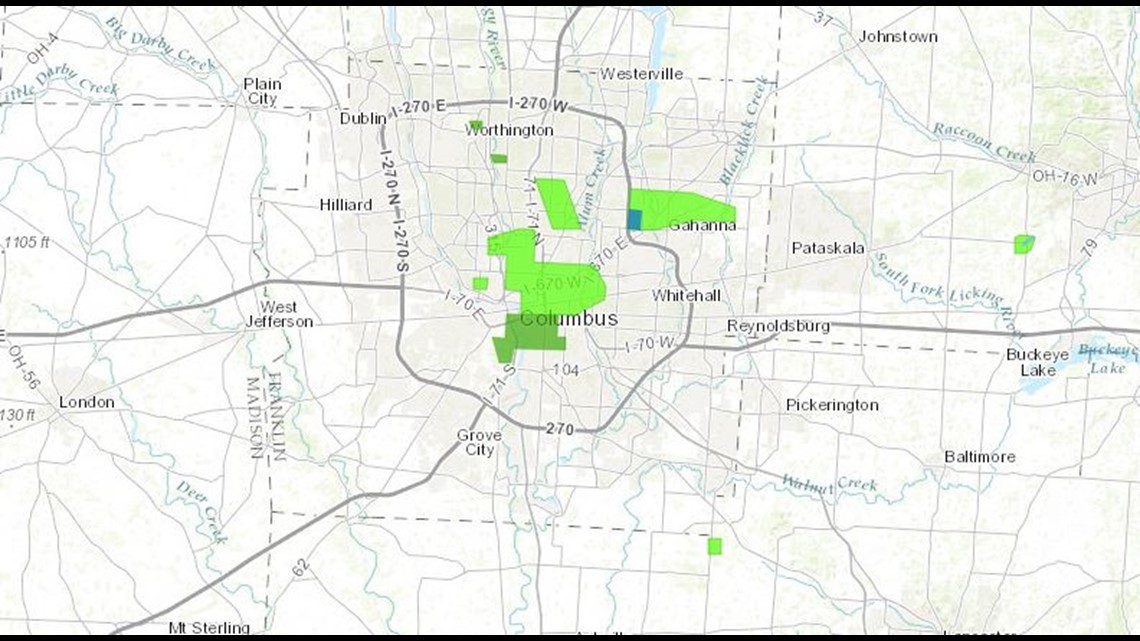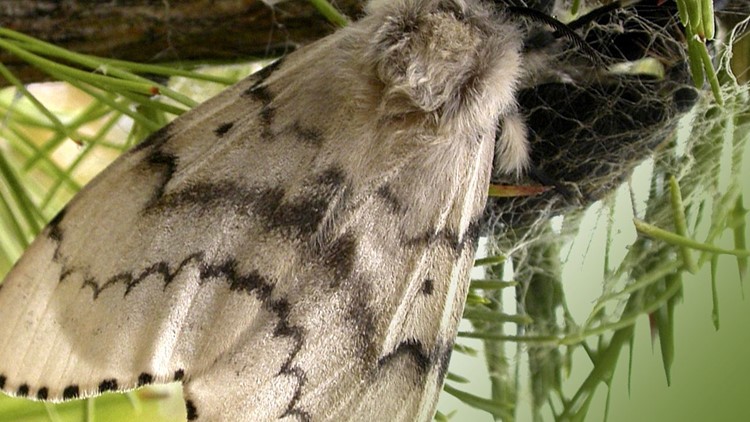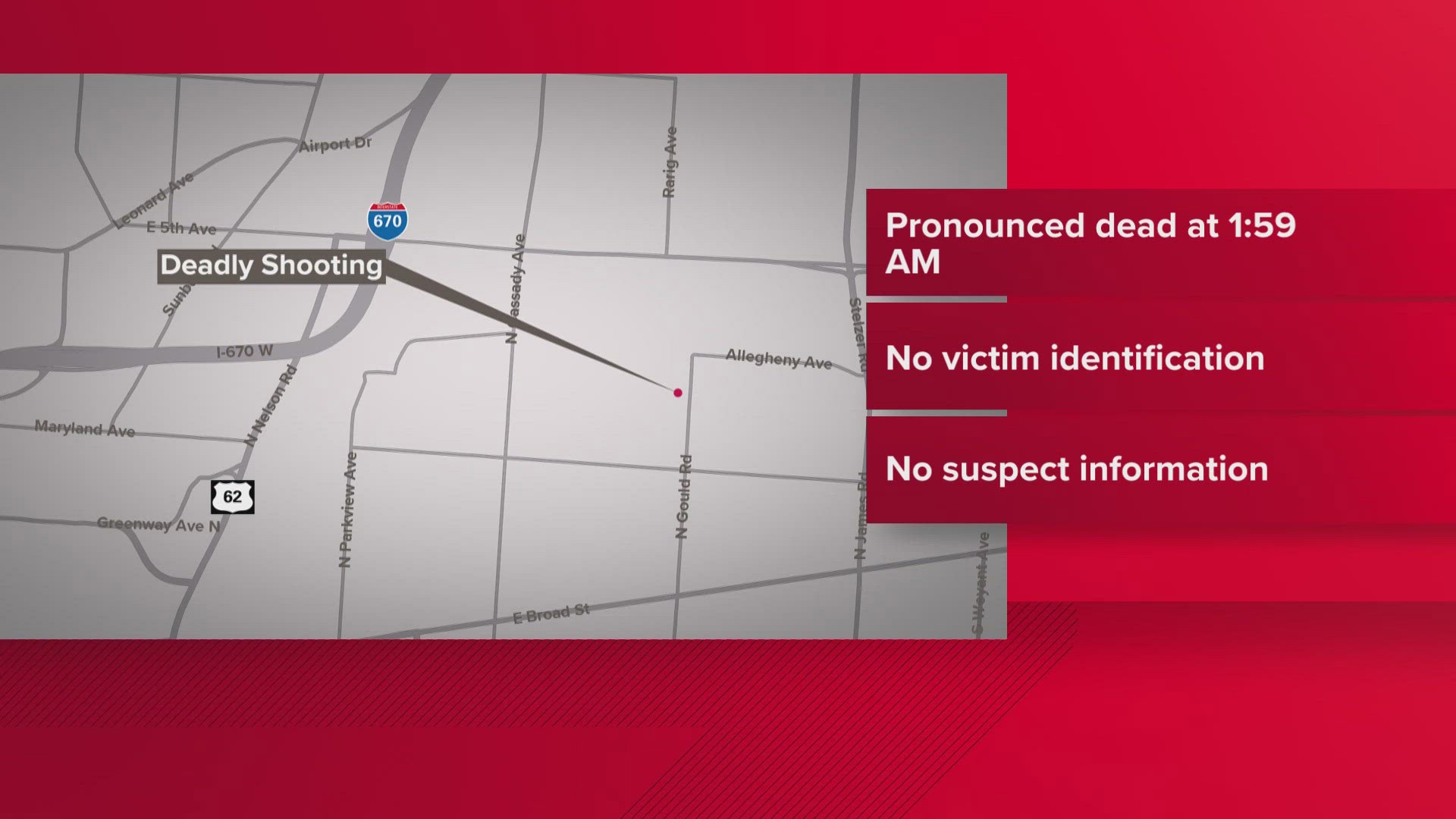Did you spot the small, yellow planes buzzing in the sky this morning? Don’t worry, it’s just the Department of Agriculture spraying for gypsy moths.
According to the DOA’s website, the gypsy moth is a non-native, invasive species that has been advancing into Ohio from Pennsylvania and Michigan over the past decade. In its caterpillar stage, it feeds on the leaves of over 300 different tree and shrub species and is especially fond of oak. A healthy tree can usually withstand only two years of defoliation before it is permanently damaged or dies.
Several counties around central Ohio have already been sprayed, including Athens and Hocking. Here's what's up next:
June 21: Franklin, Licking
June 22: Delaware, Crawford
June 23: Marion


Treatments usually take place during the early morning hours to mid-late afternoon. The planes fly as low as 100 feet above the ground.
The goal is to disrupt mating by the gypsy moths and reduce population.
Here are a few more FAQs via the Dept. of Agriculture:
If a plane flies over my house, does that mean it is spraying?
No. The pilot(s) often fly over the area to observe the spray block before any spray is applied. Then the pilot begins making straight runs, but must turn around to spray in the other direction. The spray is turned off when the pilot is negotiating turns.
Will the spray harm my pets?
No. You may choose to bring your pets inside, but there is no requirement to do so. Horses, however, may be frightened by the low flying planes. It is advisable to keep them stabled when spray applications are expected.
Do I have to cover my vegetable garden?
No. Neither product is toxic when sprayed on home gardens. You may harvest and eat the vegetables after washing them.
I have a well (or pond) that I use for drinking water. Will the spray applications affect my water supply?
No. Studies have shown that both materials will not affect the ground water supply. Open water will not be sprayed.
What does a gypsy moth look like?
When caterpillars hatch, they are about 1/8th inch long and black. As they grow, they become very "hairy", and develop conspicuous blue and red dots on their backs. Full, grown caterpillars are 1 1/2 to 2 inches long. The caterpillars then become pupae (cocoons), which are 1/2 to 1 inch long, brown in color and teardrop shaped. When the moths emerge from the cocoons, the males are brown and fly in a zigzag pattern, while the females are white with dark markings and cannot fly. After mating, the females lay egg masses, which are tan to brown in color, oval and about the size of a quarter in size, and covered with hairs from the female's body.



